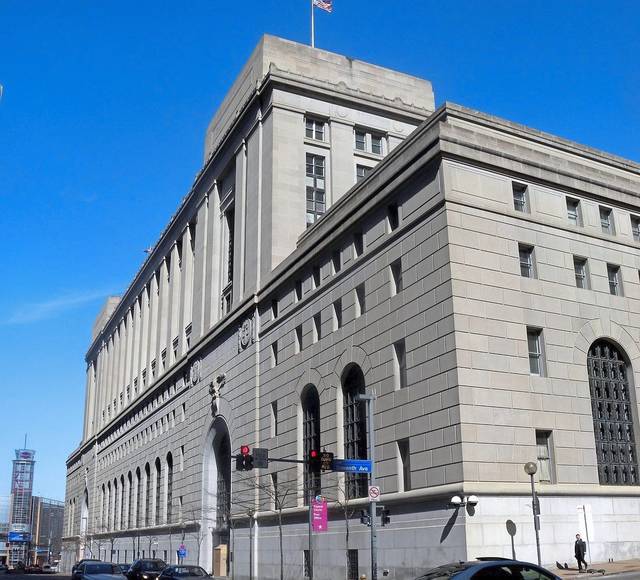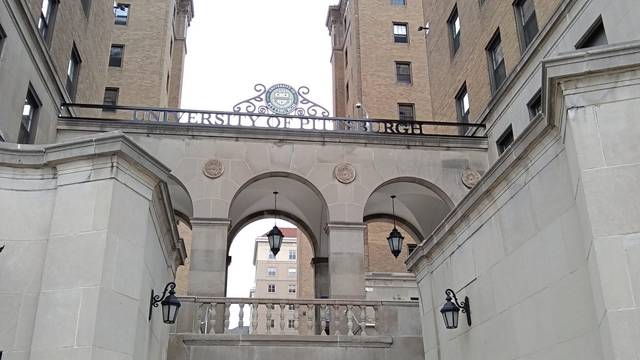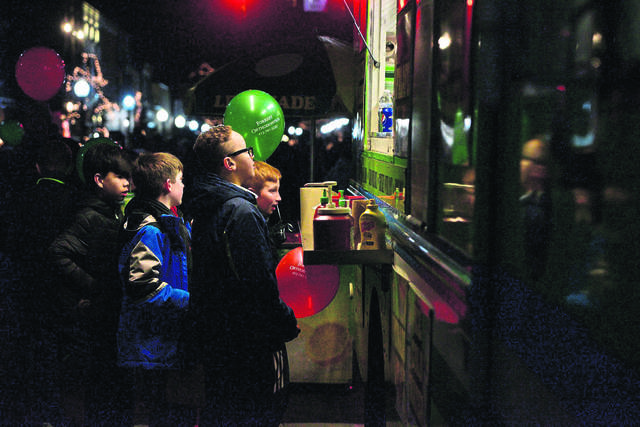A new report shows that a private, liberal arts education may have a better return on investment than attending a public university — but it will take some time.
Georgetown University’s Center on Education and the Workforce found that bachelor’s degrees from private colleges typically have a higher return than public colleges at the 40-year mark, and the median ROI for liberal arts colleges is nearly $200,000 higher than the median for all colleges.
Community colleges and certificate colleges have the highest ROI in the short-term.
Among Pennsylvania colleges, elite liberal arts schools certainly fall into this pattern. Carnegie Mellon University is ranked 25th in the country. The median value of a degree from CMU after 40 years was $1.75 million. The next-closest area university is also a liberal arts school. Duquesne University ranked 220th out of more than 4,000 schools, with an ROI of $1.2 million after 40 years.
“Liberal arts colleges and universities have taken a lot of negative publicity over the last decade,” said Kevin Monahan, senior associate dean of student affairs at Carnegie Mellon. “But in the long term, the impact of a liberal arts degree can be very powerful.”
But the University of Pittsburgh and local Penn State campuses are still ranked higher than many of the region’s smaller private and liberal arts colleges, including Point Park University, Allegheny College or Seton Hill University.
The Georgetown researchers ranked 4,500 colleges and universities based on their estimated return on investment. Their report builds on new data released by the Department of Education in November that showed the median earnings in the first full year after a student completes his or her degree.
Analysis of that data showed that students graduating from area universities are earning less after a year than their counterparts across the state and country — and that the prestige and name recognition of a school holds weight when it comes to finding high-paying jobs.
The report from Georgetown further estimates the value of a degree from any given college. The researchers estimated each institution’s “net present value,” a calculation of the costs and future earnings. Each institution in the report’s dataset is assigned a ranking based off its value after 10, 15, 20, 30 and 40 years. Private and liberal arts colleges tend to rank higher with a 40-year ROI.
Assessing the precise value of a school can be tricky, the researchers admit. More selective universities typically produce higher ROIs than the median. Schools with high graduation rates have better outcomes, and schools with a large number of students studying in high-paying fields — business, science, engineering, math — also have better rankings.
“Researchers continue to struggle to provide a clear set of guidelines with how the scorecard data can best be used,” the report reads.
Monahan believes that the report is more “intricate” than just spotlighting the value of a liberal arts education. He said the high-ranking schools have one important thing in common, whether they’re public or private, liberal arts or research universities. Those are the schools that invest heavily in career services, academic support and other resources, he said, to prepare students for success.
“Every school is going to tell students that they have the most potential,” Monahan said. “Georgetown has begun to quantify really what that potential is, as opposed to another marketing piece.”
At the end of the day, Monahan said, the report is just another data point for students and families to use when evaluating a school, along with all of the other factors that are considered. The benefit to the report, he said, is that it encourages families to look in the long-term.
“One’s career is not made or broken in the first 12 months after graduation,” he said.








